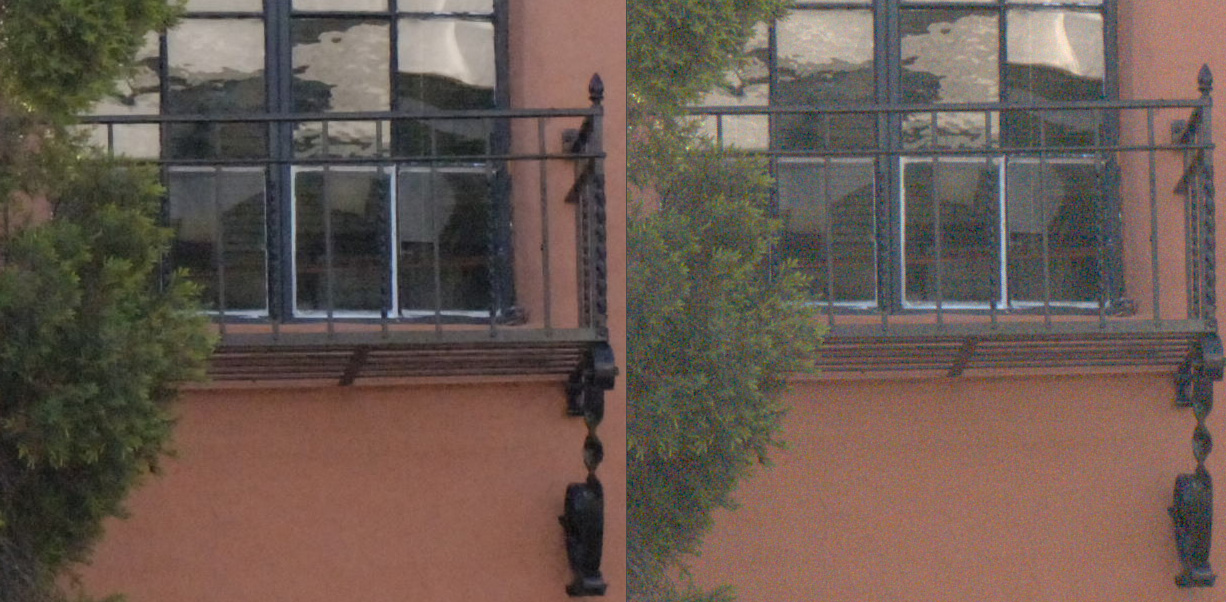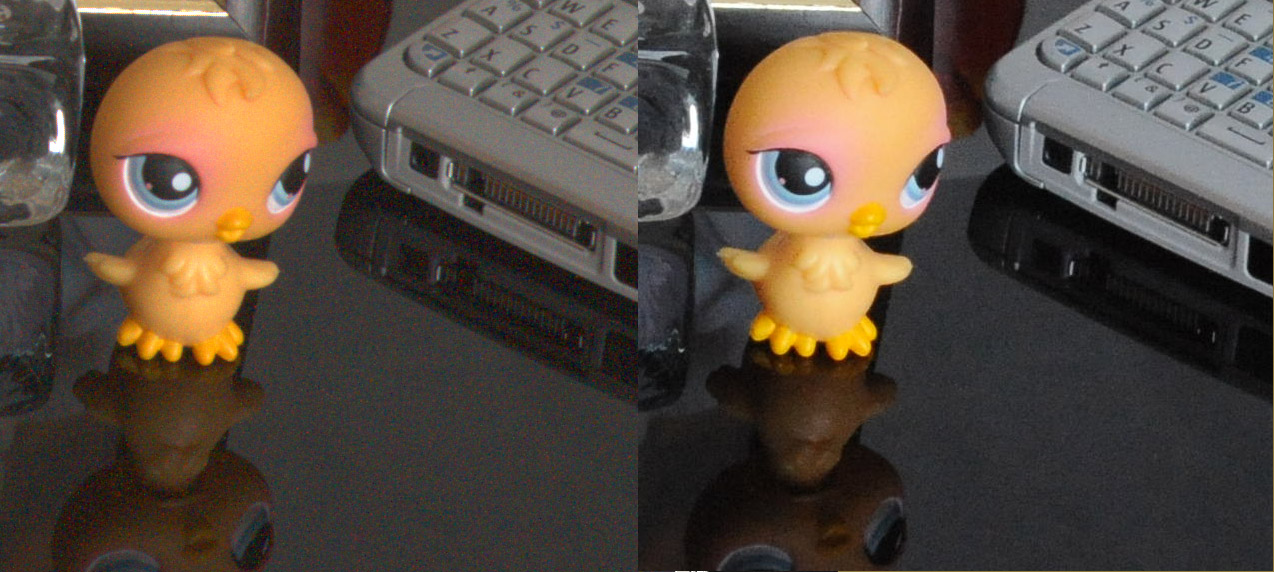Edward Bussa
Member
Michael Reichman of Luminous Landscape has chimed in on a thread on his site.
The full comments can be found at the following link:
http://luminous-landscape.com/forum/index.php?showtopic=22188&st=60&p=167515&#entry167515
The thread comments that precede HIS comments are interesting as well. To sum it up? He states that him and several others (his peers) feel the D3 represents a significant development for High ISO imaging.
M.R. says he sees a difference of "at least" 2.0 stops from any camera he's used before...
FYI
The full comments can be found at the following link:
http://luminous-landscape.com/forum/index.php?showtopic=22188&st=60&p=167515&#entry167515
The thread comments that precede HIS comments are interesting as well. To sum it up? He states that him and several others (his peers) feel the D3 represents a significant development for High ISO imaging.
M.R. says he sees a difference of "at least" 2.0 stops from any camera he's used before...
FYI


